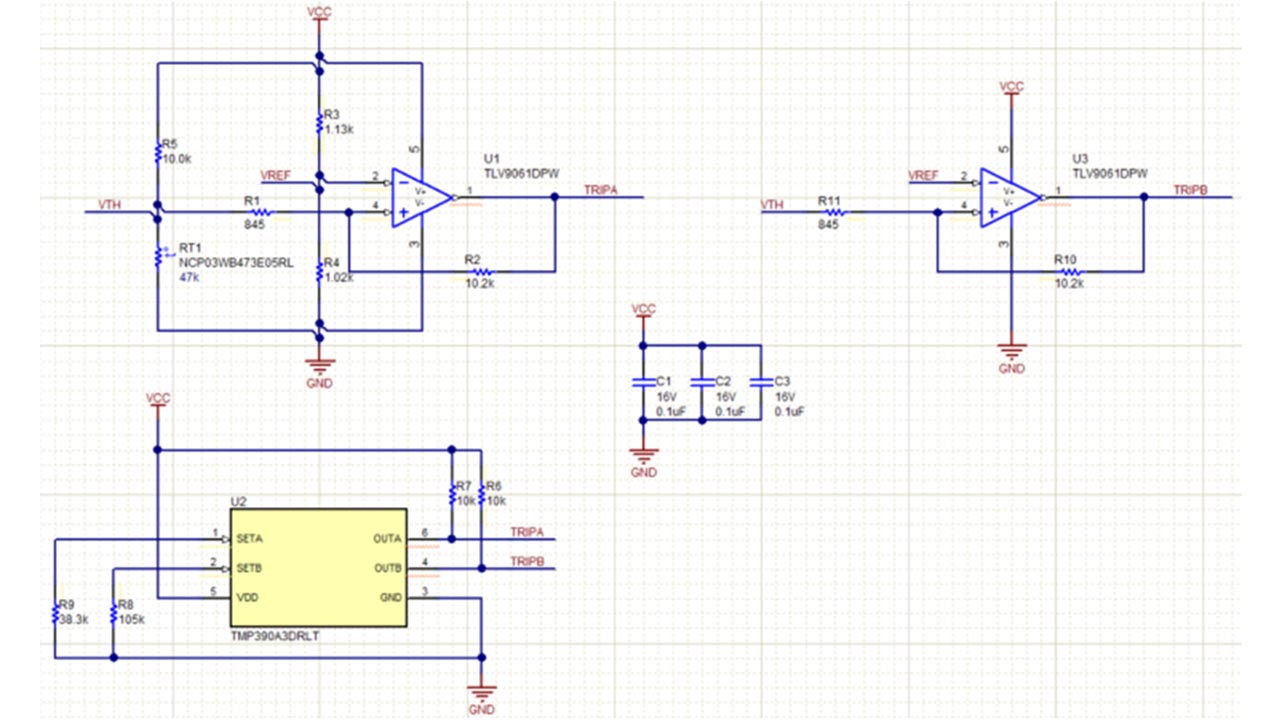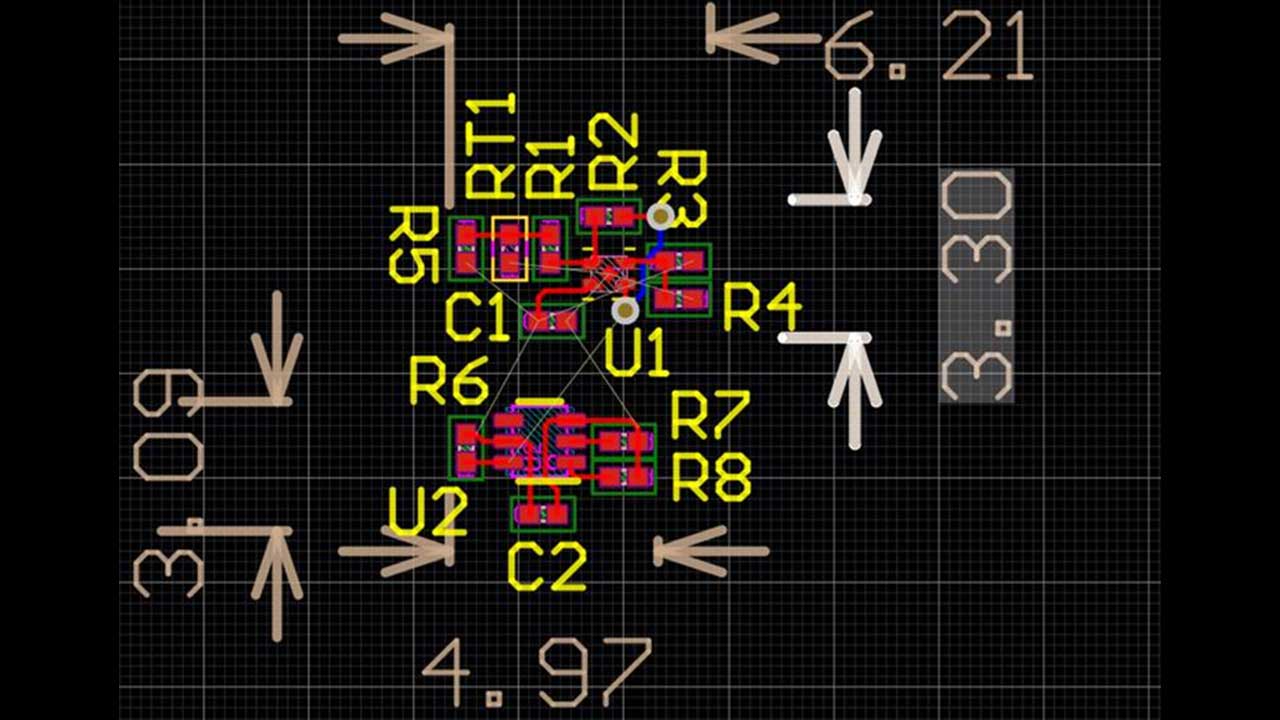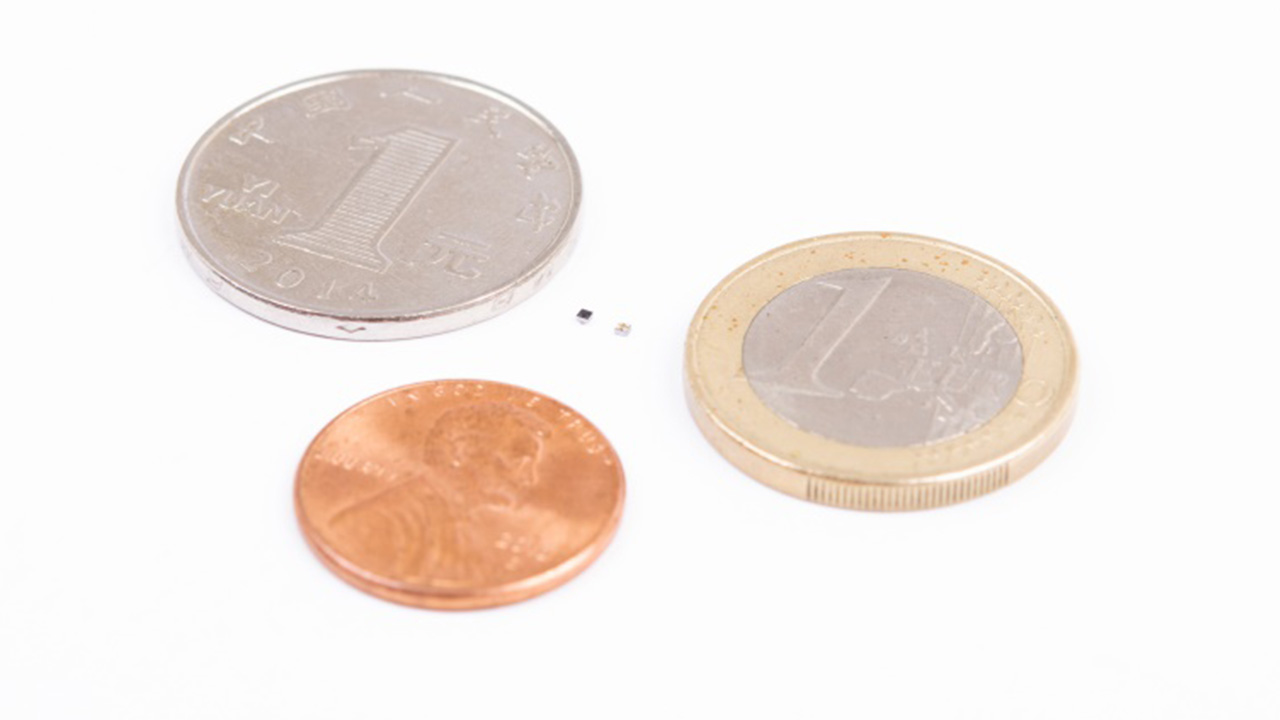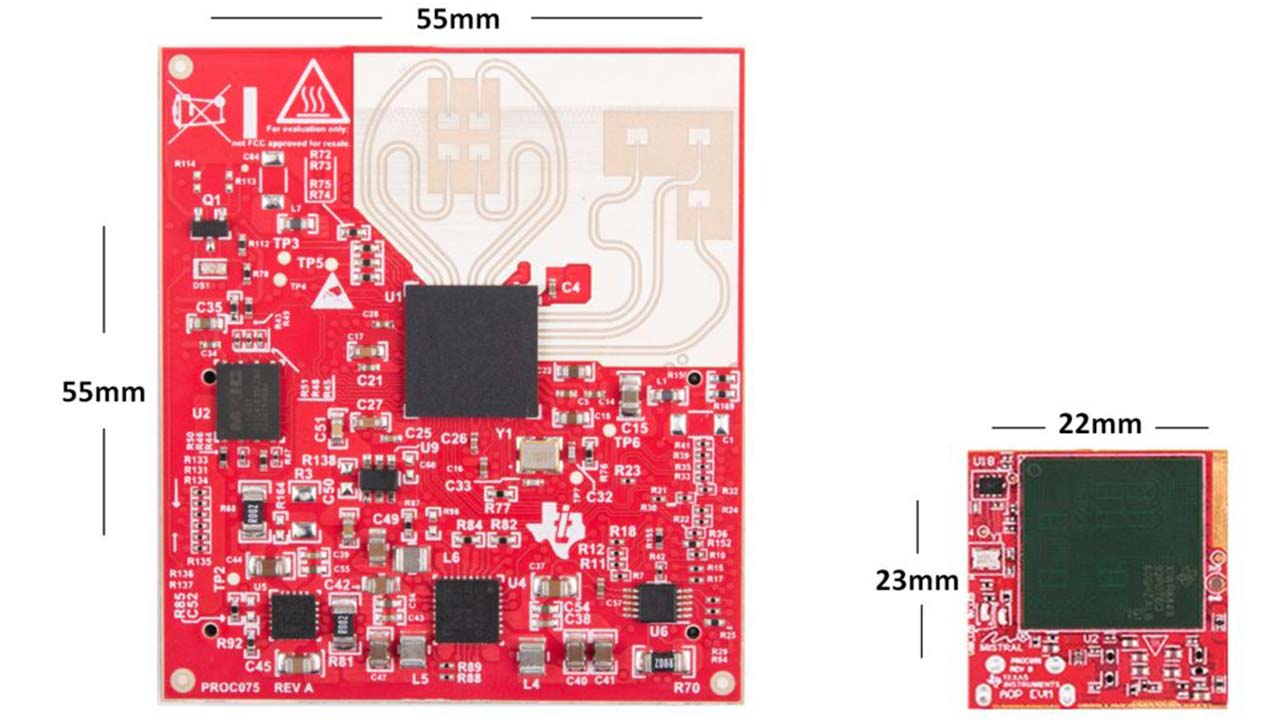Note: Will Cooper and Robert Ferguson co-authored this technical article.
Trends in small consumer electronics have disrupted the industrial world, spiking a demand for smart but compact devices that enhance manufacturing (like proximity sensors in factory settings) and daily life (like temperature or magnetic sensors in consumer applications like refrigerators or vacuum robots). To achieve the smaller designs these applications require, design engineers must choose more compact chip sensors that deliver high accuracy in tiny form factors without sacrificing efficiency.
In this article, we will review advancements in industrial applications made possible by the smallest sensors on the market today – in this case temperature, Hall-effect and millimeter-wave (mmWave) sensors.
Designing with small-size temperature sensors
Many industrial applications depend on reliable and consistent system hardware. Some of the biggest challenges design engineers must account for include changes in temperature that could degrade batteries or damage critical components in extreme temperature environments. Therefore, preemptive actions like warming or cooling a system must occur before the processor powers up.
With configurable temperature thresholds and built-in hysteresis, you can directly connect temperature switches to the enable pins of a power supply or general-purpose input/output interrupt of a microcontroller (MCU) in order to take immediate and autonomous action to protect a system. This implementation can reduce or eliminate the dependence on software, providing both reliability and a shortened development cycle.
The TMP390 temperature switch, shown in Figure 1, offers fully integrated dual-channel threshold monitoring and built-in trip test. This solution enables over 60% area savings compared to an equivalent discrete implementation using negative temperature coefficients (NTCs), while significantly decreasing component count. Integration also brings the advantage of guaranteed temperature monitoring accuracy, with a variation of only ±1.5°C from 0°C to 70°C and ±3°C from -55°C to 130°C. Such high accuracy means that you can protect systems without sacrificing performance due to extensive temperature guard-banding in case of measurement uncertainty.


Figure 1: Schematic and layout of a discrete dual-threshold detection circuit and the integrated TMP390 temperature switch
Designing with small-size Hall-effect sensors
Industrial innovation often calls for better performance, higher efficiency and longer battery life; yet more often than not, squeezing these improvements into smaller form factors remains challenging. Brushless DC (BLDC) motors used in medical or dental care products, for example, do a good job of translating high-functioning requirements into tiny motors with diameters less than 10 mm.
For motor commutation in small motor designs, the built-in electronics – such as Hall-effect latch sensors – must be small. To address this requirement, TI has introduced the DRV5011 Hall-effect latch (see Figure 2).

Figure 2: The tiny DRV5011 wafer chip-scale package compared to coins for reference
The low-profile DRV5011 supports the use of smaller magnets and offers more design flexibility. For example, it becomes possible to manufacture rotary dials used to adjust volume or electronic settings within a specific application with a smaller magnet to detect speed, direction and position, or the dial can be placed further away due to the DRV5011’s high sensitivity.
Table 1 lists additional end products that can take advantage of the small size of the DRV5011.
|
End product
|
DRV5011 benefits
|
|
Handheld drills
|
Enables the necessary placement of three Hall-effect latches on a board to monitor the speed, direction and location for the commutation of a small BLDC motor.
|
|
Vacuum robots
|
Two DRV5011 sensors can easily measure the speed and direction of the wheels. Their small size supports flexibility in board placement.
|
Table 1: Common products that benefit from small-size Hall-effect sensors
Designing with small-size TI mmWave sensors
As more industrial applications move toward autonomous functioning, it’s becoming increasingly important to design devices with highly accurate sensors that can generate and process a variety of data at speed to make real-time decisions. In a factory setting, for example, it’s important that industrial robots sense and respond to nearby human activity.
Antenna configuration with TI mmWave sensors determines the maximum object range, maximum field of view and the resolution to cover a wide area for simultaneous object detection. As shown in Figure 3, our small-size antenna-on-package (AoP) sensors enable designs in form factors that were never possible before for industrial sensing. TI mmWave AoP sensors offer all of the benefits of a complete radar sensor while simplifying the manufacturing and testing process with an easy-to-use MCU-like FR4 board.

Figure 3: TI’s mmWave AoP evaluation module reduces board space while adding temperature sensing with the TMP112A (right)
In addition to simplifying design, manufacturing and testing, AoP design also reduces overall antenna size by integrating the antenna onto the device, saving board space previously allocated for the antenna.
Regardless of the end device or real-world application, a wide variety of sensing technologies can support highly accurate, high-speed readings in the smallest of sizes. With so many options, design engineers shouldn’t have to sacrifice one benefit over another. Our portfolio of small-size sensors helps engineers get real-time information, autonomous protection, and improved system productivity and performance.
Additional resources







